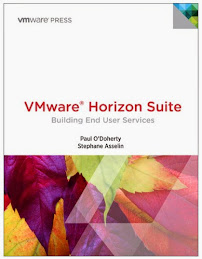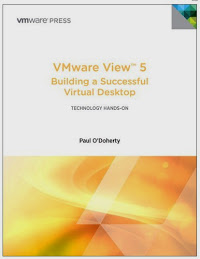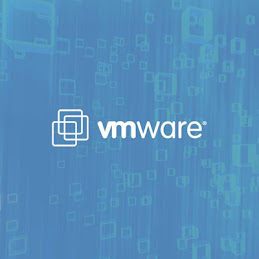The VMware Validated Design for SDDC is a kit that you can download that steps you through the design decisions required to design and deploy the SDDC Framework. Before getting started however, you should understand the scenario or situation you are designing to; is it a greenfield environment? will SDDC be a single region deployment and what is the scale of the solution? You also need to understand the service availabiity, will it be a core service? is it critical to the organization or designed for Dev/test?
In the VMware Validated Design Kit for SDDC there are 220+ seperate Design Decisions that allow you to consider the Decison, the Design Justification and the Design Implications of each point. In addition, the SDDC framework lays out the underlying vSphere environment and then layers on the SDDC components. The kit also provides some guidance for hardware as well. From an environment perspective this is the rack space, power and cooling as well as system services like AD, the Certificate Authority, DNS and NTP, SMTP Relay and FTP or SFTP services.
From a hardware perspective the solution should be built in three (3) seperate Pods or Clusters, The include the Management, Compute and Edge services. With the latest version of the validated design, we can combine the compute and edge services to reduce the getting started cost to a two (2) Pod design. When deploying VSAN you should review the list of VIrtual SAN Ready Hosts.
There are a few requirements for NFS storage in the SDDC framework. It is recommended that the templates be stored on NFS. In addition for Log Insight the export function requires NFS storage. The SDDC recommended designed is based on a Layer 3 Leaf and Spine Network design. The design guides are hardware agnostic so the underlying hardware tends to be whatever is preferred by the customer.
The guide lays out the suggested VLANs that you should use as part of your SDDC design. A standard management Pod typically consists of 4 ESXi hosts connected through a virtual Distributed Switch “vDS” leveraging VXLAN. From a VXLAN Perspective there is both a Universal Management Transport Zone and a Universal Compute Transport Zone. If the design spans more than one region, Universal wires configured across all the sites are recommended for the failover of vRA. In addition there is a Universal wire for vROPs collection traffic. In additon there is a common Single Sign-On "SSO" Domain. For additional details download validated designs here.





No comments:
Post a Comment